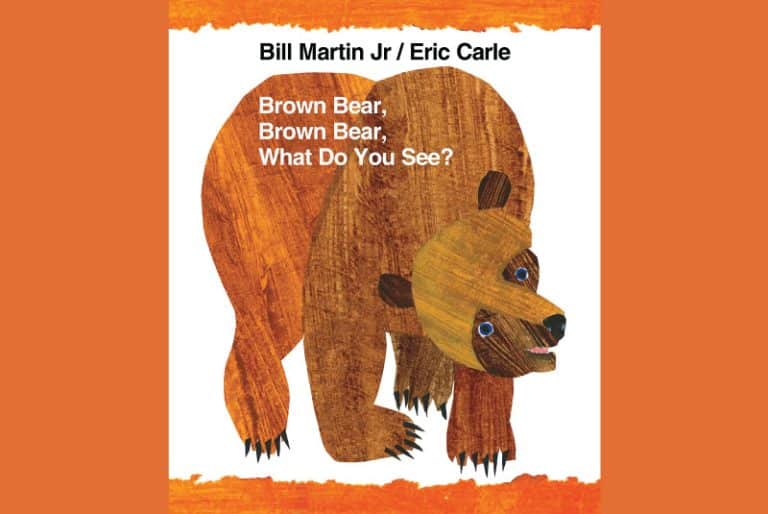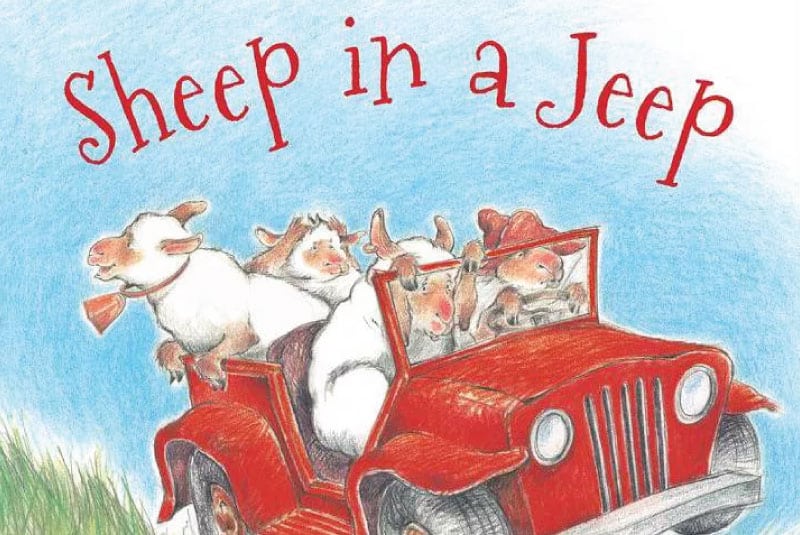TAKE-HOME STRATEGY
Supporting Phonological Awareness at Home

What It's About
Phonological Awareness is the ability to hear and work with sounds within spoken words. It is one of the most critical skills children need to read later. Phonological Awareness skills develop as young children start paying attention to the sounds of spoken language. Over time and with support, children will begin to play with the sounds in words by rhyming, breaking words into syllables, and eventually hearing the beginning, middle, and ending sounds in a word.
You can support your child with these skills by encouraging your child to focus on the sound of language by commenting on words that rhyme, repeating words together, asking questions about how words sound, and asking your child to break words apart into smaller sounds.
Here are some ways you can support Phonological Awareness at home. Keep in mind that you can change these activities to work for you and your child based on their current abilities, interests, and what you have available at home. Make sure to use safe materials and watch your child closely during these activities.
Take a look, and try out your favorites!
Sound Hunt
Take Turns Rhyming
Books and Poems
Let’s Sort
Clap It Out!
Listen to Music
Quick Cues for Supporting Phonological Awareness
Some things you might do or say to help strengthen your child’s Phonological Awareness skills
Point Out Sounds
Use different tones and silly voices to draw attention to certain sounds.
This can sound like:
“Look at that big bug! It’s walking on the rug.”
“It is time to go to the store. Let’s get bananas so you can eat some more.”
“’Hickory, dickory dock! The mouse ran up the clock! Hey! Those sound the same. They both end with the ‘-ock’ sound.”
Repeat and Pause
Repeat words or sentences and pause to have your child fill in the words.
This can sound like:
“’Twinkle, twinkle little star.’ Now you say it!”
“The itsy-bitsy spider went up the water… (Pause and say, ‘say it with me’) spout!”
“I’m going to use the vacuum cleaner to clean the… (Pause and wait for child to respond) floor.”
Notice Same or Different Sounds
Point out or have your child identify sounds that are the same or different.
This can sound like:
“We are ready to start our day! First, we will listen and then we will play! The words day and play rhyme!”
“Which word is longer? Let’s clap to help us find out. Cat (clap). Cat-ter-pil-lar (clap each syllable). That’s right! Let’s try another…”
“The bear is bouncing the ball. Hey, some of those words start with the same /b/ sound. Which are the same?”
Our Book Recommendations for Phonological Awareness
Engaging stories that support children's Phonological Awareness skills

Brown Bear, Brown Bear, What Do You See?
Written by Bill Martin Jr. and illustrated by Eric Carle, this story shows different animals spotting each other and repeats the rhyming words “me” and “see.”
Have fun with it:
Brainstorm words that rhyme with or begin with the same sound as the color words or animal names in the book.

Sheep in a Jeep
Written by Nancy Shaw and illustrated by Margot Apple, this book uses pairs of rhyming words to tell a silly story about a group of sheep.
Have fun with it:
Write and illustrate your own silly, rhyming story together! Your child can use real words (like cat and bat) or made-up words (cat and lat).
More Take-Home Strategies
We’re creating a library of resources like these so families and other caregivers can quickly and easily promote children’s development at home. Be sure to see all the strategies we have available!

